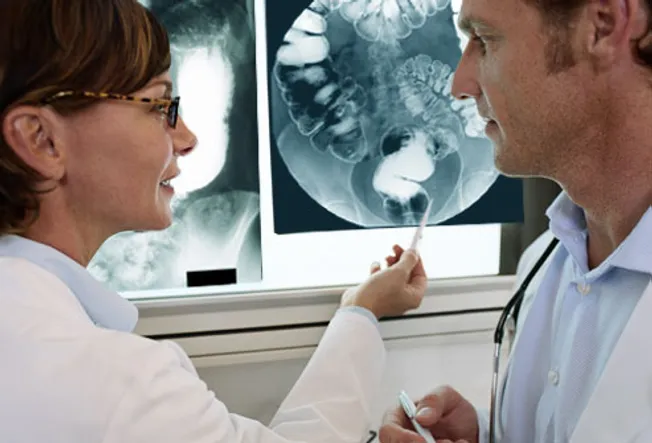 Men
who have been treated for prostate cancer, either by having surgery or
radiation, may benefit from taking aspirin continuously, says new research that
features a researcher at UT Southwestern Medical Center.
Men
who have been treated for prostate cancer, either by having surgery or
radiation, may benefit from taking aspirin continuously, says new research that
features a researcher at UT Southwestern Medical Center.
Having
aspirin is linked to a lower risk of death from prostate cancer, especially in
males along with high risk disease, based on a multicenter study posted in
today's issue of the Journal of Clinical Oncology. Dr. Choe, associate
professor of radiation oncology at UT Southwestern, is first writer of the paper.
Preclinical
studies have proven which typically aspirin along with other anticoagulation
medicines may inhibit cancer development and metastasis, but clinical data are
now limited previously. The research checked out almost 6,000 males in the
Cancer of the Prostate Strategic Urologic Research Endeavor (CaPSURE) data
source who had prostate cancer handled by having surgery or radiotherapy.
About
2,200 of the men concerned - 37 percent - were really obtaining anticoagulants.
The possibility of death from prostate cancer appeared to be in contrast
between those taking anticoagulants and those that were not.
"The outcomes from this study
recommend that aspirin prevents the expansion of tumor cells in prostate
cancer, especially in hazardous prostate cancer, for which we don't have an
excellent therapy currently," Dr.
Choe said. "But we are required to better understand the optimal
utilization of aspirin before routinely advocating it to all prostate cancer
affected individuals."






